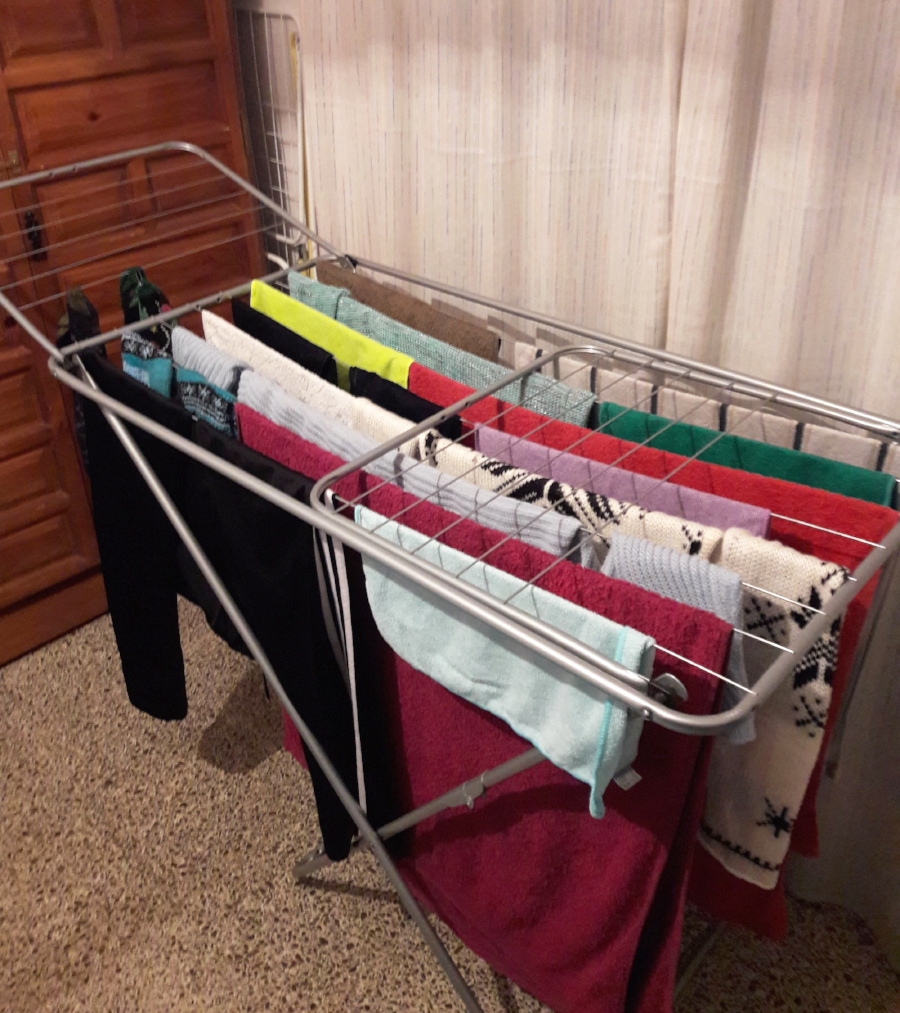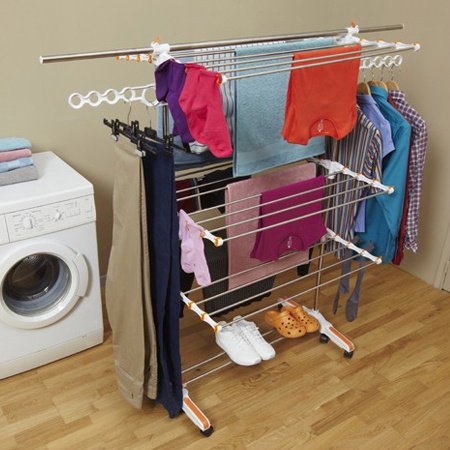As the temperature drops in winter, many households resort to drying clothes indoors due to the cold and wet conditions outside. While this may seem like a convenient solution, it can pose serious risks to both health and home safety. Understanding these risks and adopting safer alternatives can help prevent potential harm.

Health Risks
One of the major concerns of drying clothes indoors is the increase in humidity levels. Wet clothes release moisture into the air, creating an environment that promotes the growth of mold and mildew. Exposure to mold spores can trigger allergies, respiratory issues, and asthma attacks, particularly in children, the elderly, and individuals with pre-existing health conditions.
Additionally, high humidity levels can exacerbate symptoms of colds and flu, which are already prevalent during winter. The damp conditions can also encourage the spread of dust mites, another common trigger for allergies and respiratory problems.

Home Safety Risks
Besides health hazards, drying clothes indoors can also pose a fire risk, especially when placing garments near heaters or radiators. Fabric can overheat and catch fire if left too close to a heat source. Moreover, using tumble dryers excessively indoors without proper ventilation can increase the risk of fire hazards due to lint accumulation.
Furthermore, excessive moisture can damage the home’s structure. Condensation on walls, windows, and ceilings can weaken building materials, leading to costly repairs and potential structural issues over time.

Safer Alternatives
To minimize the risks associated with drying clothes indoors, consider the following alternatives:
- Use a Dehumidifier or Ventilation System: A dehumidifier can help reduce moisture levels, while proper ventilation (such as opening windows or using exhaust fans) can prevent excessive humidity buildup.
- Invest in a Heated Clothes Airer: These devices dry clothes efficiently while maintaining a safer temperature compared to radiators or open heat sources.
- Use a Well-Ventilated Room: If drying indoors is unavoidable, choose a well-ventilated area with adequate air circulation to reduce moisture accumulation.
- Dry Clothes Outdoors When Possible: Even in winter, a breezy and dry day can be sufficient for drying clothes outside, reducing indoor moisture problems.
By understanding the risks and implementing safer drying methods, households can protect both their health and their homes from the dangers associated with drying clothes indoors during winter.
